This is update #3 in our weekly series of new features and improvements.
This week, we are introducing a new concept: calculated worth, to show you at which price a product would be recommended.
Definition: Maximum price of a product to be the best value compared to its competition.
This number is automatically updated every hour, based on the scores and prices of all the products we've tested.
How it is calculated
To better understand how it is calculated, consider all the products on a chart, where the X-axis is the price, and Y is the rating.
On that chart, the best products for the money are the ones on top, since they have a better performance at a smaller cost than the rest.
Removing lesser value products
The first step is to remove all the points that are not as good a value as other points. To do so, we consider a point a better value than another point if it is cheaper and better. A padding of 10% for price and 0.1 for score is applied to remove not significant differences.
Boundary
The maximum price a product needs to be to be a better value is where its score meets the boundary line. It is important not to include the product we want to know its value before generating the boundary line, otherwise, it will always be equal to its price if it is on the boundary line and not the maximum price it could be while still being recommended.
If the rating is completely above the boundary line, we display 'best' instead of a value since there cannot be a value assigned to a product whose performance is far from the pack.
1) Doesn't tell you which one to buy
This number alone doesn't tell you which product to buy. It will only tell you if the price it currently sells at is a good value.
2) Your needs must match one of our ratings
This number assumes your needs match one of our ratings (see how our ratings are calculated, or click ![]() next to a rating on a review). If you have a different need than one of our official ratings, then what a product is worth to you could be different. If so, you will need to use our more advanced tool and create your own rating.
next to a rating on a review). If you have a different need than one of our official ratings, then what a product is worth to you could be different. If so, you will need to use our more advanced tool and create your own rating.
3) Same scores can have different worth
Since we want to know the maximum price of a product to be recommended, two products with the same score can have two different worths. For example, in the illustrations above, product 1 and product 2 have the same rating. The maximum price of product 1 to be a better value than product 2 is equal to the current price of product 2. For product 2, the maximum price to be a better value than product 1 is the current price of product 1. Therefore, in this case, since the current price of product 2 is higher than product 1, the market value of product 2 is less than product 1.
Conclusion
Up until now, we didn't have any indication on the review of whether a product was good for its price. With this number, you will now know how its performance is compared to the competition. At the same time, it will answer your questions like how much does a product needs to be discounted to be a good value.
At first, we are adding this new feature to TV reviews only. If you like it, we will add it to headphones too.
In the next few weeks, we will add new features that use that number to help you find even faster the best product for your needs. Let us know if you have comments or ideas about features we can add.
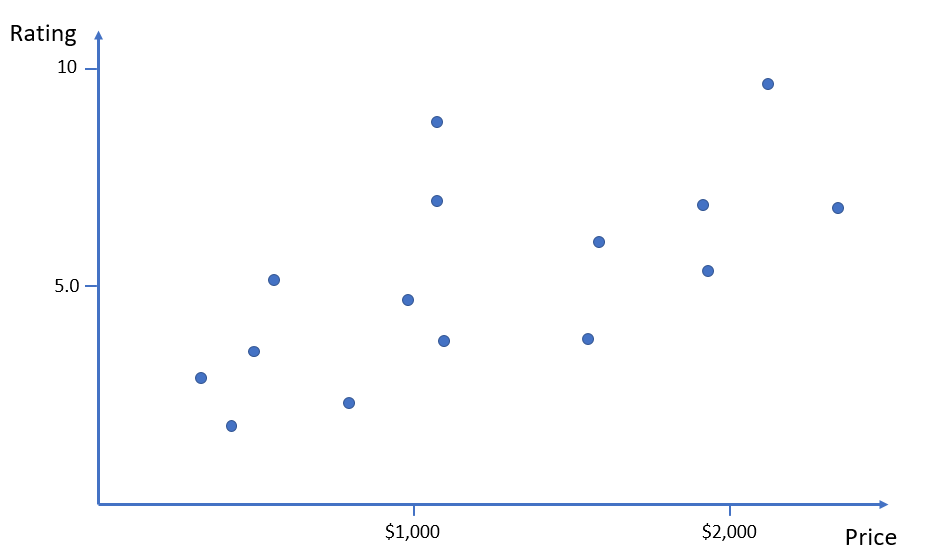
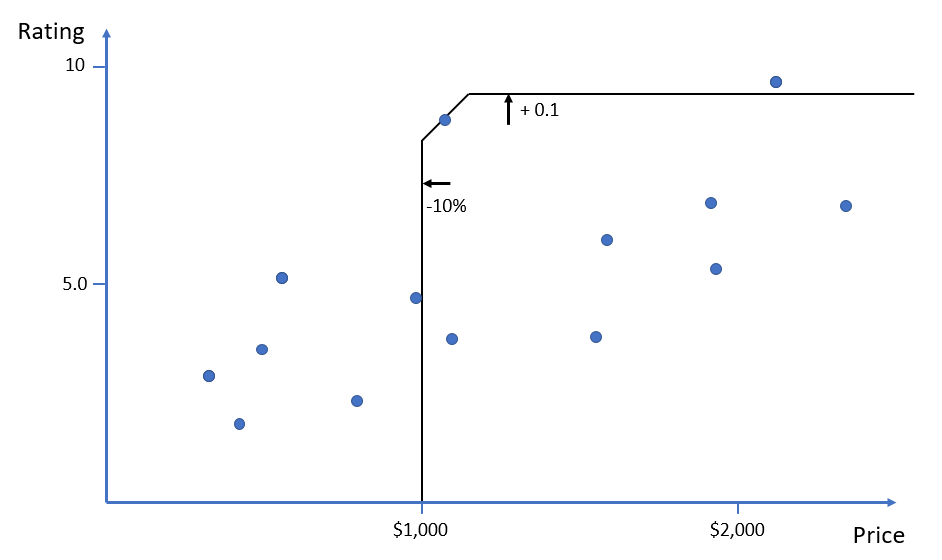
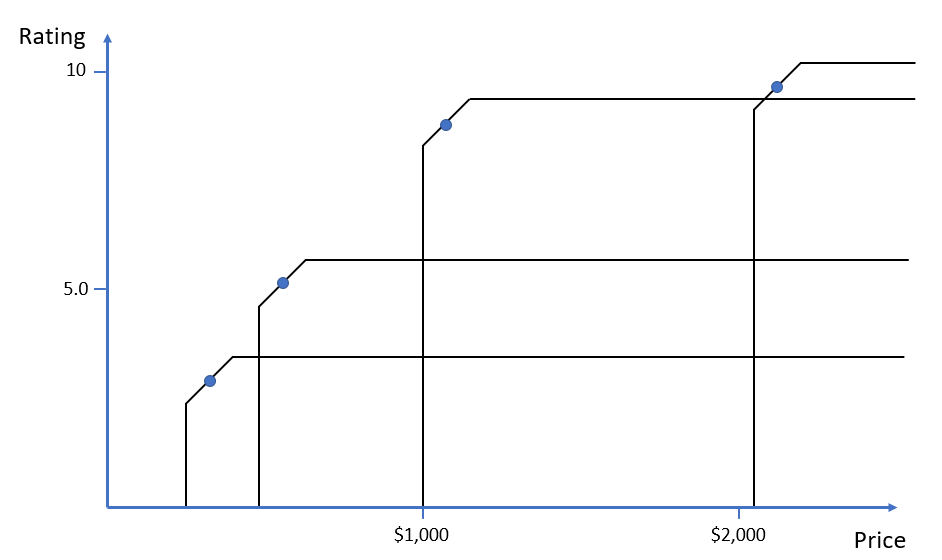
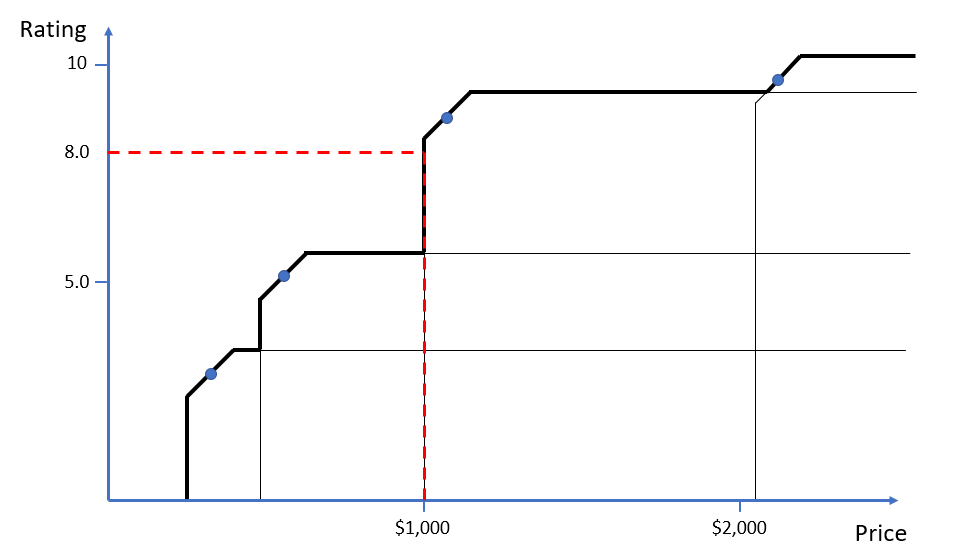
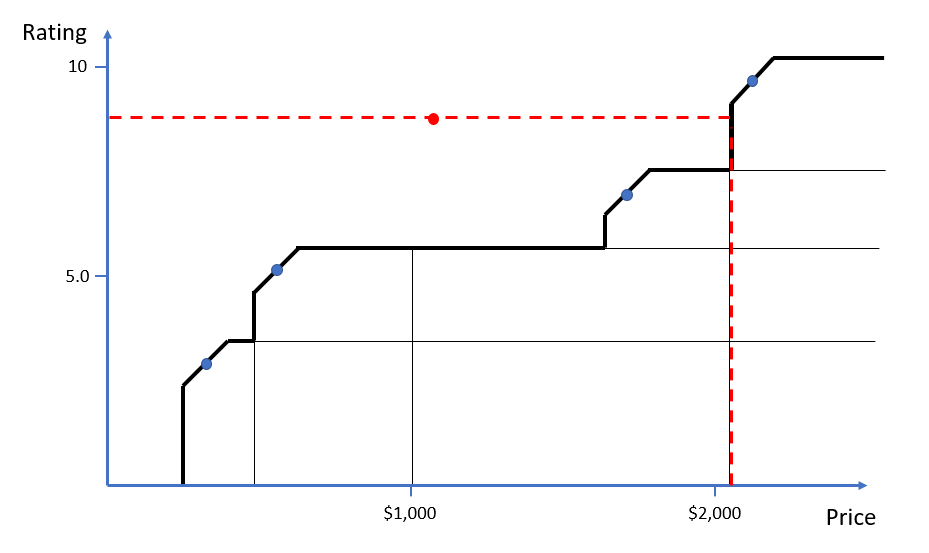
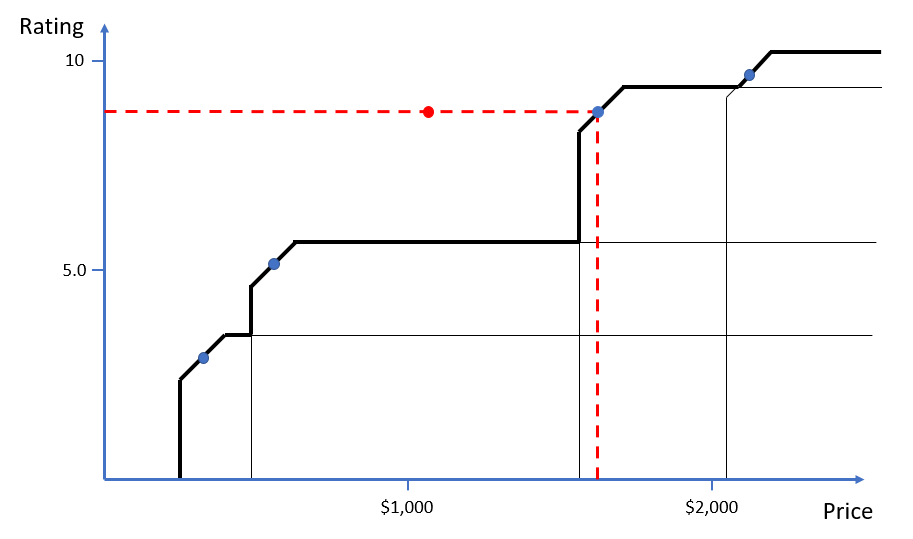
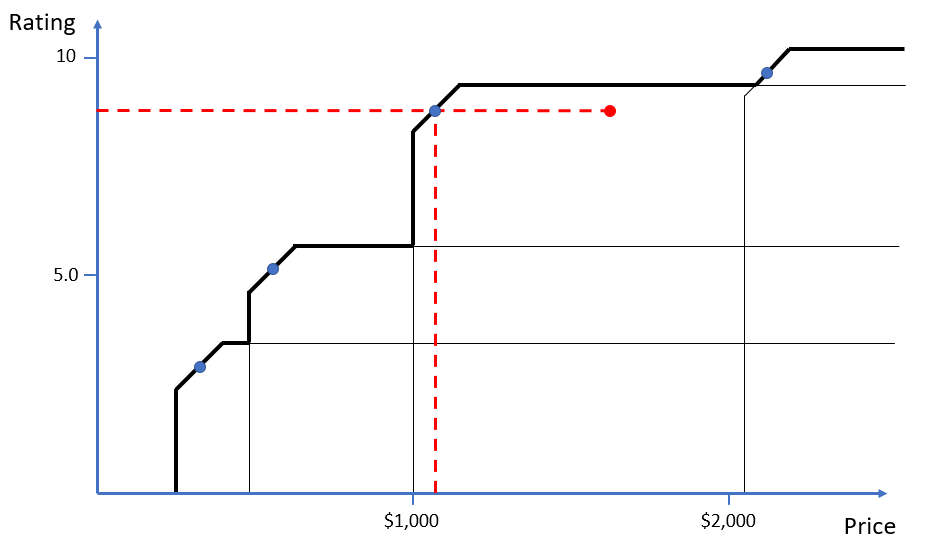
Comments
#3 - Calculated Worth: Main Discussion
What do you think of our article? Let us know below.
Want to learn more? Check out our complete list of articles and tests on the R&D page.